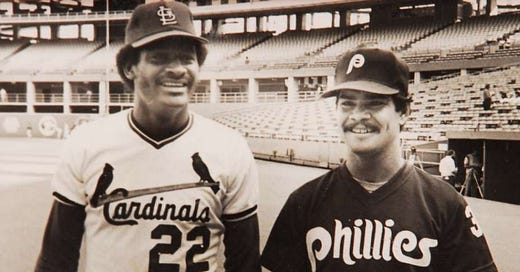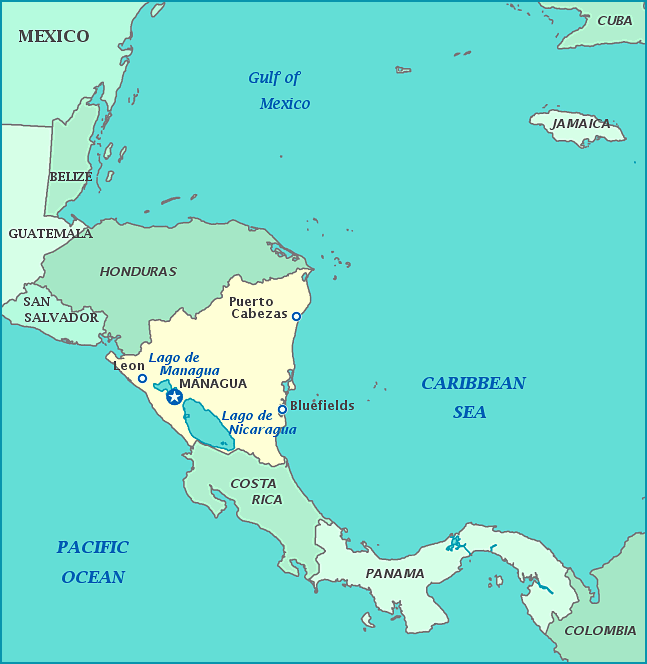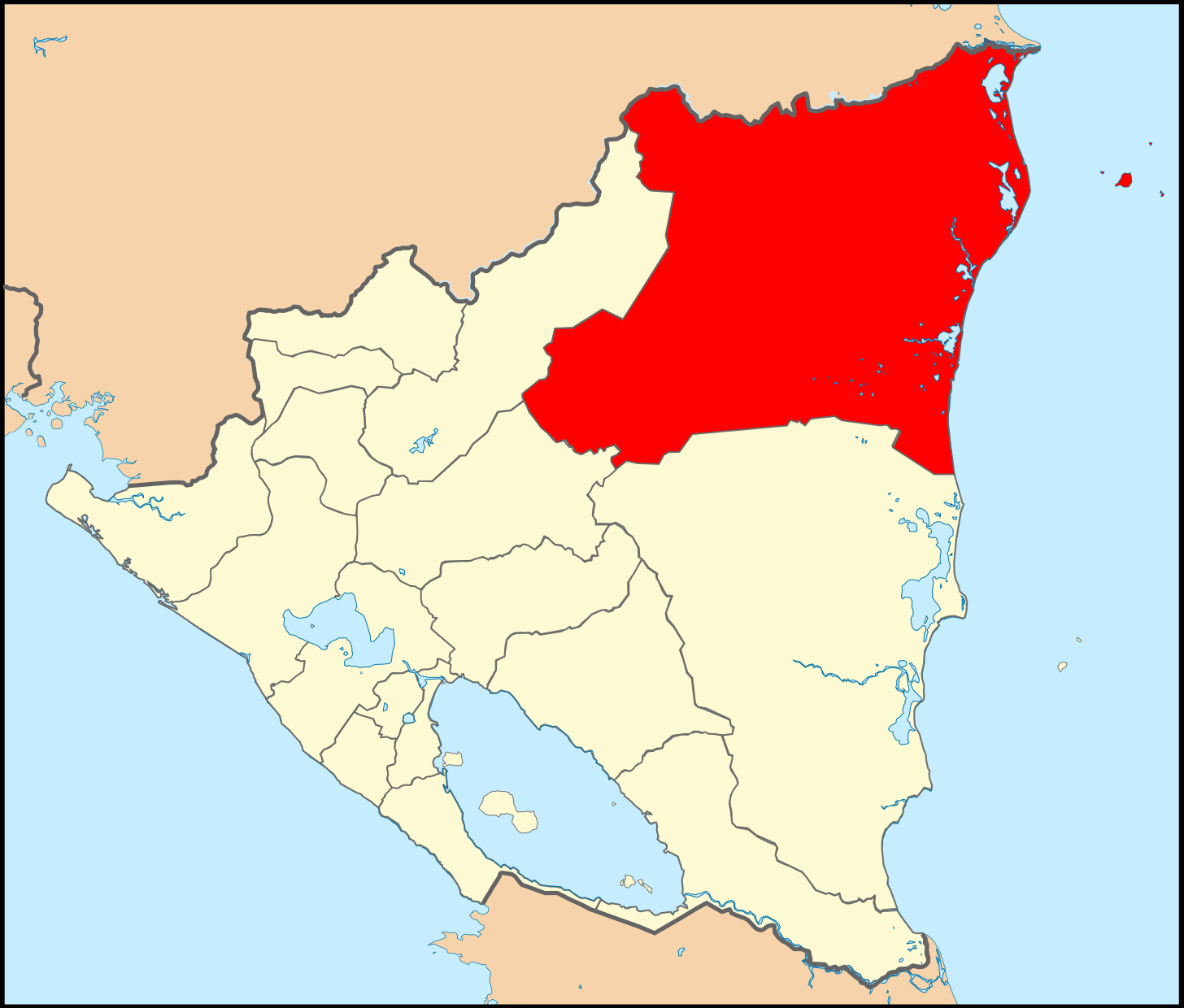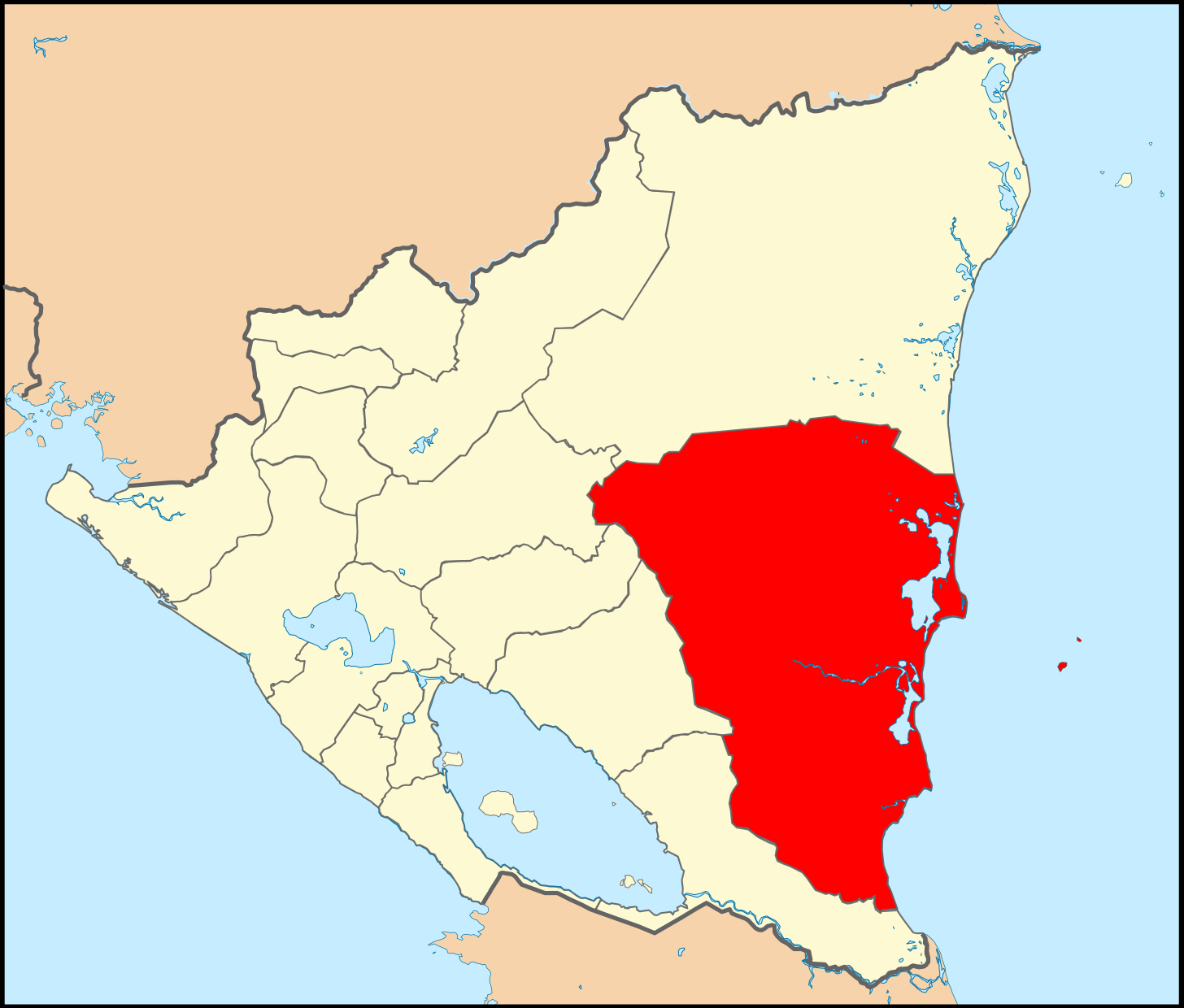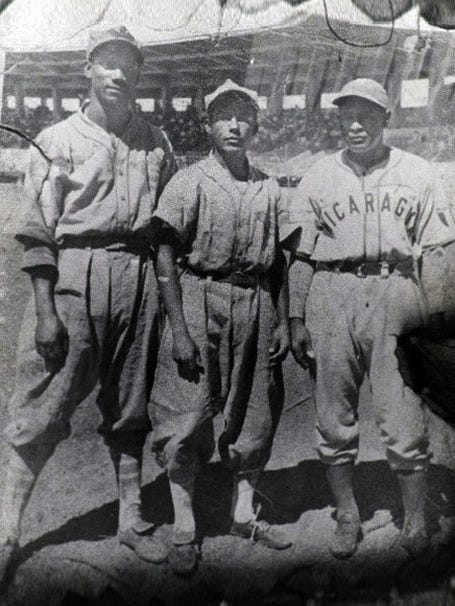Notable Black Baseball Families Part 3: OF Edward "Eduardo" Green & OF David Green
The third article in this series focuses on the Jamaican-Nicaraguan father-son duo Edward Green and David Green, two of Black baseball's biggest "what if?" stories.
Writer’s Note
“Notable Black Baseball Families” is an article series on Black families from throughout the African diaspora who have had multiple members make notable contributions to professional baseball.
Edward Green Sinclair & David Green Casaya
The third article in this series focuses on the Jamaican-Nicaraguan father-son duo Edward Green and David Green. Both individuals were born and raised in the South Caribbean Coast Autonomous Region of Nicaragua. These two individuals make up two of Black baseball’s biggest “what if?” stories.
The father was one of the greatest outfielders to have never played in the Negro Leagues or MLB although he did make multiple attempts to do so. The son was one of the greatest prospects in MLB history, drawing comparisons to Hall of Famers as a teenager before a lengthy but lackluster professional career that included multiple seasons in MiLB, MLB, and NPB.
The North and South Caribbean Coast Autonomous Regions of Nicaragua make up 60,366 square kilometers of land on the Mosquito Coast. It was a British colony from the 1600s until the late 1800s before being annexed by Nicaragua. The North & South Autonomous Regions’ Anglophone contingent is one of the largest concentrations of English-speaking individuals in Latin America.
The Autonomous Regions of Nicaragua have a history with baseball that stretches back to the late 1800s. Multiple baseball players from the region have reached Triple-A and MLB. MLB players include David Green, Albert Williams, Cheslor Cuthbert, Devern Hancock, and Marvin Bernard.
Edward “Eduardo” Green
Edward Green Sinclair was the son of a Jamaican missionary named David Green who immigrated to the Mosquito Coast while it was still a British colony in the 1890s. His mother was an Afro-Nicaraguan who was born and raised in Bluefields, the colony’s largest settlement. Born in 1920 per Nicaraguan public records, he would’ve been a peer of Jackie Robinson, Larry Doby, Satchel Paige, Minnie Miñoso, and Quincy Trouppe in the Negro Leagues or MLB but it never happened.
Green is widely considered by baseball historians to be one of the greatest players to have never played in MLB or the Negro Leagues. He dominated Nicaragua’s amateur and professional leagues quietly but made a name for himself in international baseball circles as the centerpiece of his home country’s teams in numerous Baseball World Cups.
A shortstop early in his career, he began playing professionally at around 19 to 20 years old for the ball club in his hometown of Bluefields. Green would become known for his time playing for “Cinco Estrellas”, Spanish for five stars. The baseball team got the moniker because it was owned by the dictator of Nicaragua, a five-star general named Anastasio Somoza García.
He would win nine championships in ten years for Cinco Estrellas. The 5’11’’ infielder would move to center field during this run, where his speed and strong throwing arm would allow him to thrive. Green’s exploits in centerfield and on the basepaths led to him being known as “La Gacela Negra”, Spanish for The Black Gazelle. He also got the nickname “Cabo” from his assigned rank in the Nicaraguan army, as he was a corporal in Somoza’s guard.
In early 1951 he agreed to join the Brooklyn Dodgers organization and would report to Triple-A Spring Training in Florida. So disgusted with the racism he encountered, Green quit and went back to Nicaragua.
He made his only appearances as a professional baseball player in the winter leagues of Panama, Colombia, Nicaragua, and Cuba during his 30s and 40s. He made his pro debut in late 1952 and played until 1964, showing that he could still perform at a high level.
After retiring during the mid-1960s he would then coach at a university in the Bluefields. Green was also an area scout of the Mosquito Coast for Nicaragua’s national baseball entity, looking for talented costeños who could carry on Nicaragua’s baseball excellence.
He died in 1980, at the age of 60 years old.
Keep reading with a 7-day free trial
Subscribe to The Red Black Green Baseball Blog to keep reading this post and get 7 days of free access to the full post archives.
